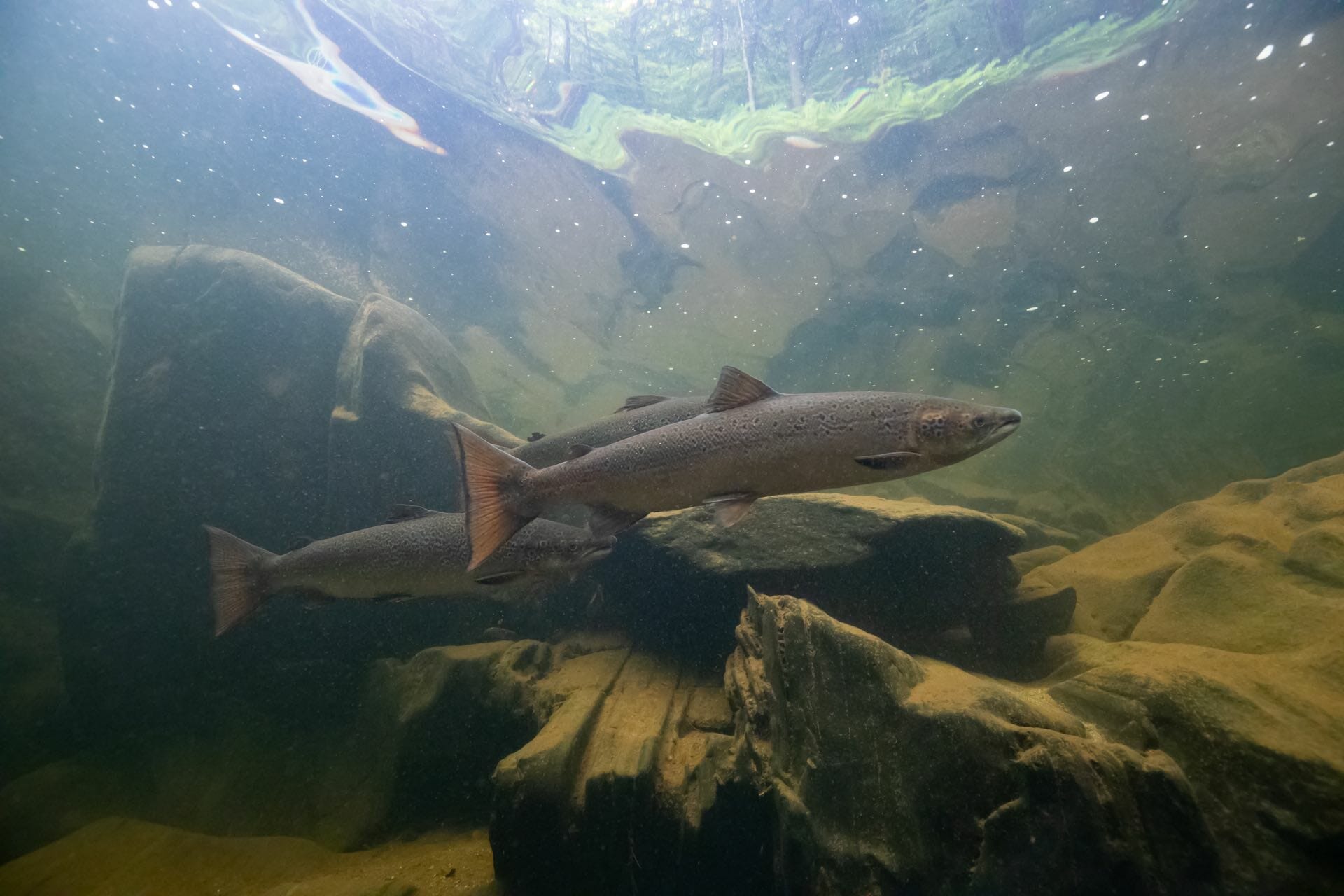It’s Atlantic salmon spawning season on Maine’s Kennebec River, and the regal fish are making their way from the Atlantic Ocean into the river on their annual run.
As we know, it’s a run that’s just a tiny fraction of what it once was; those federally endangered salmon and other migratory species are halted by a series of impassible dams.
Through June 10, only 30 adult Atlantic salmon had reached the Lockwood Dam in Waterville. There, they were captured in a fish lift, transferred to a tank and driven past four dams to spawning habitat in the Sandy River. Next spring, salmon smolts will be captured upstream and trucked back below Lockwood dam.
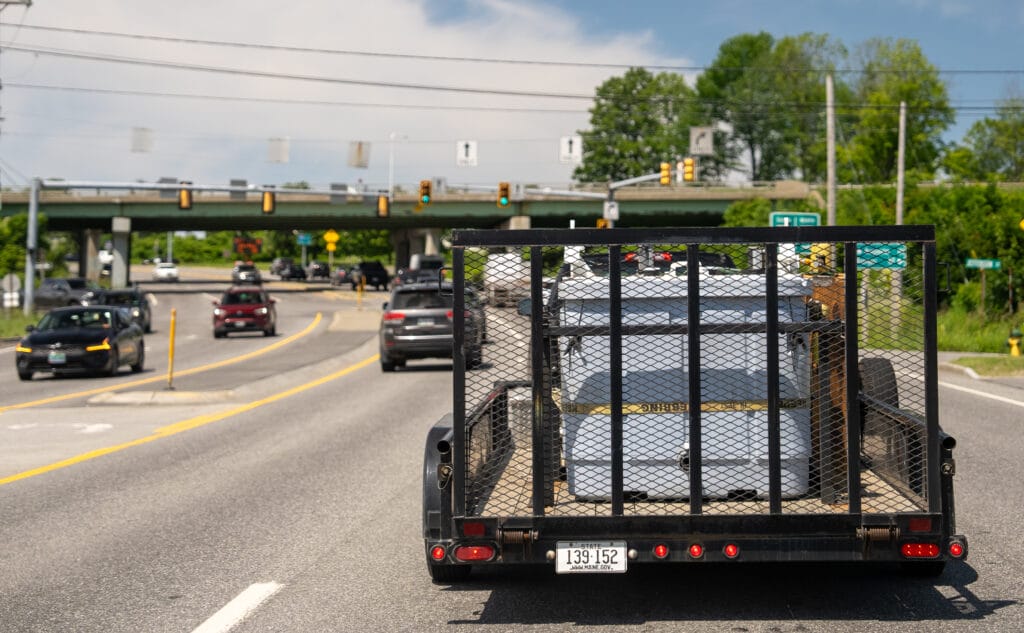
There’s hope
Fish are not cognitively advanced enough to be emotionally optimistic, of course, but it’s hard not to think of those salmon being hopeful as they head up the Kennebec.
And for those pulling for the salmon and other aquatic migrants, there is reason, finally, to be hopeful.
One of the four dams blocking the runs is up for relicensing by the Federal Energy Regulatory Commission (FERC), and three others are up for license amendments. The process sets the stage for fish passage improvements that could help populations of migratory species rebound.
Go all in for Atlantic salmon
Trout Unlimited was among a group of Kennebec River restoration advocates who recently submitted formal comments on a draft Environmental Impact Statement (EIS) that could be the foundation for fish passage infrastructure improvements.
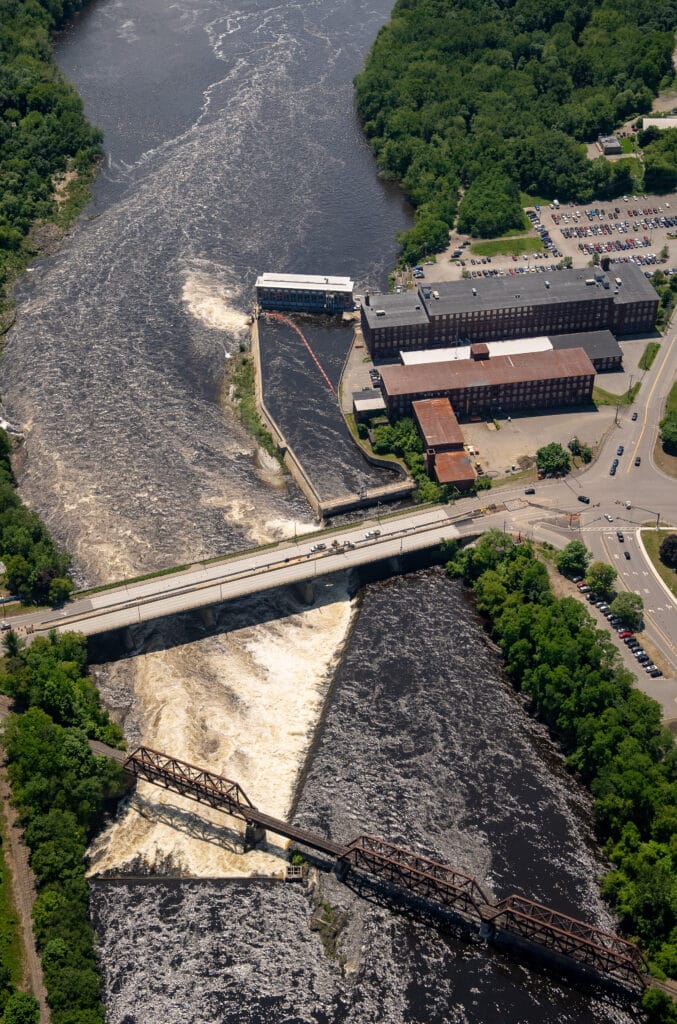
More than 3,000 concerned citizens added their names and voices to the effort, speaking at public hearings in May and signing petitions calling for fish passage improvements.
Comments by citizens and organizations overwhelmingly favored requiring dam owner Brookfield Renewable to install more robust fish passage infrastructure than outlined in the draft EIS. Those improvements include requiring bypass channels and/or two fish lifts at each dam, as well as screens with ¾-inch openings above turbines to protect out-migrating eels.
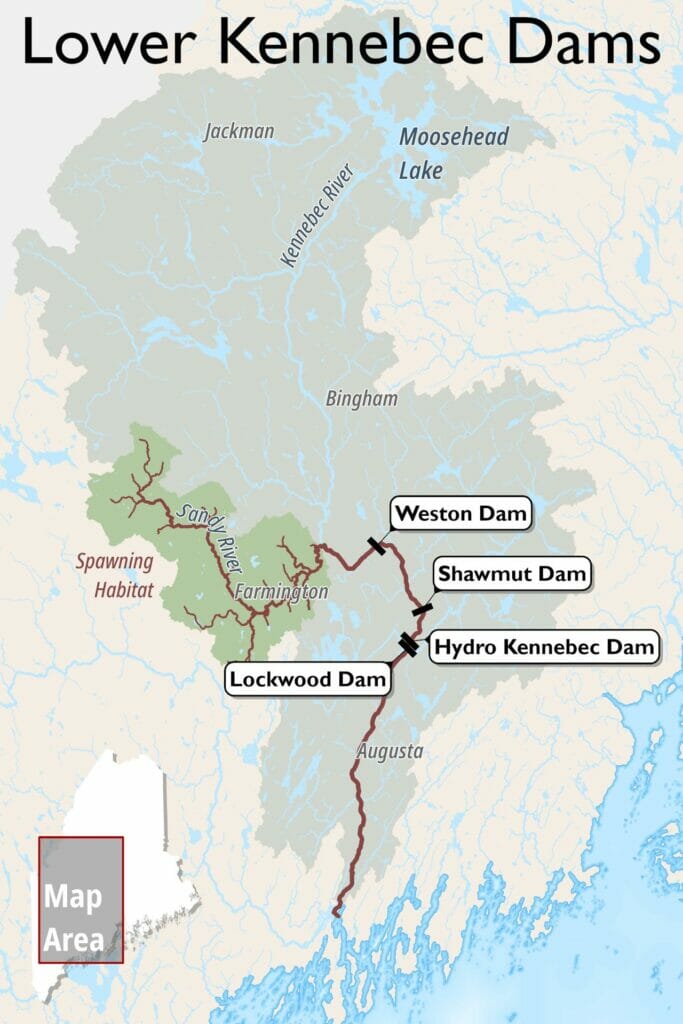
By law, FERC must review all input before issuing a final EIS, which could happen as soon as September.
We can do better than the draft EIS
Keith Curley, Trout Unlimited vice president for Eastern conservation, was among the dozens of speakers at a public meeting in Augusta who advocated for meaningful fish passage improvements.
Curley said the fish passage proposals outlined in the draft EIS have failed on other rivers.
“Atlantic salmon runs that were once in the hundreds of thousands are down 99.9% from pre-industrial times,” Curley said. “Salmon in the Kennebec are barely hanging on.”
“The plan should be a full recovery. The plan should be restoring robust Atlantic salmon runs and thriving populations of co-evolved species like American eel. And the potential for recovery exists. But not if we stay on our current track. We have to do more.”
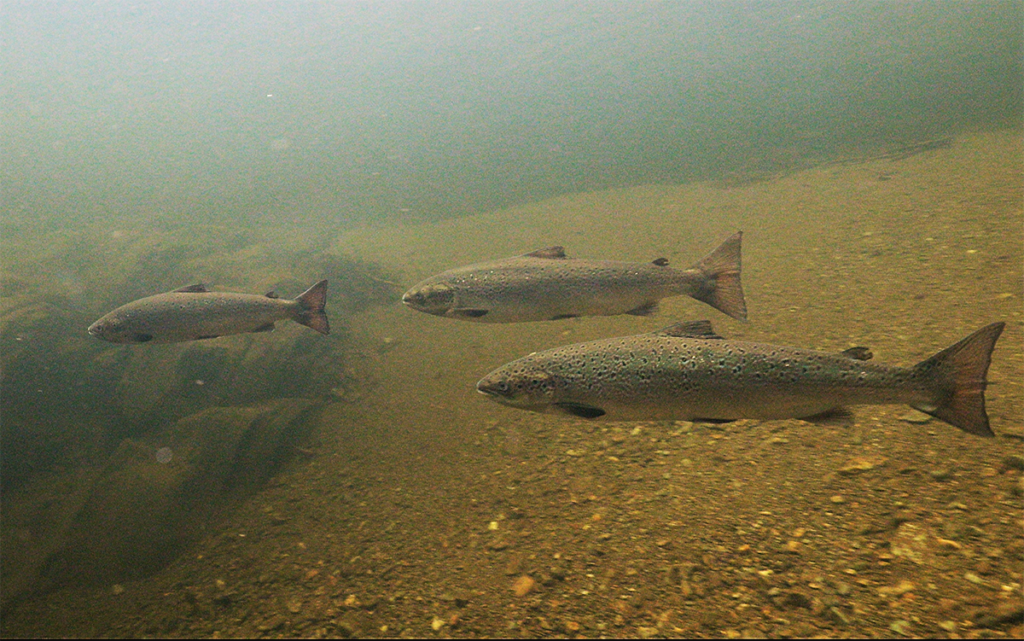
And doing more means requiring better passage infrastructure rather than minor improvements that have proven, repeatedly, to not be enough.
“Perhaps the people making decisions a generation ago can be forgiven for thinking that approach to salmon recovery could be successful,” Curley said. “But today, we know better. We have seen what happened on the Merrimack River. We have seen what happened on the Connecticut River. We cannot make the same mistakes on the Kennebec that have been made on other New England rivers.”
TU is not alone in calling for better plans
Fortunately, conservation organizations, members of the public and state and federal agencies are all pushing for more effective fish passage plans.
The National Marine Fisheries Service, in its comments on the draft EIS, wrote: “Removal of the lower Kennebec River dams is the only alternative that would fully eliminate effects that would otherwise occur as a result of their continued existence. A decision to decommission and remove the Shawmut Project and thereby remove a significant barrier to recovering an endangered species, and support the restoration of several anadromous fish, would fulfill the Commission’s mandate under the Federal Power Act to ensure the best comprehensive use of a waterway.”
The Maine Department of Marine Resources said it “continues to advocate for broader solutions for fish passage that are reasonably certain to work. This includes the consideration of two upstream fishways at each dam.”
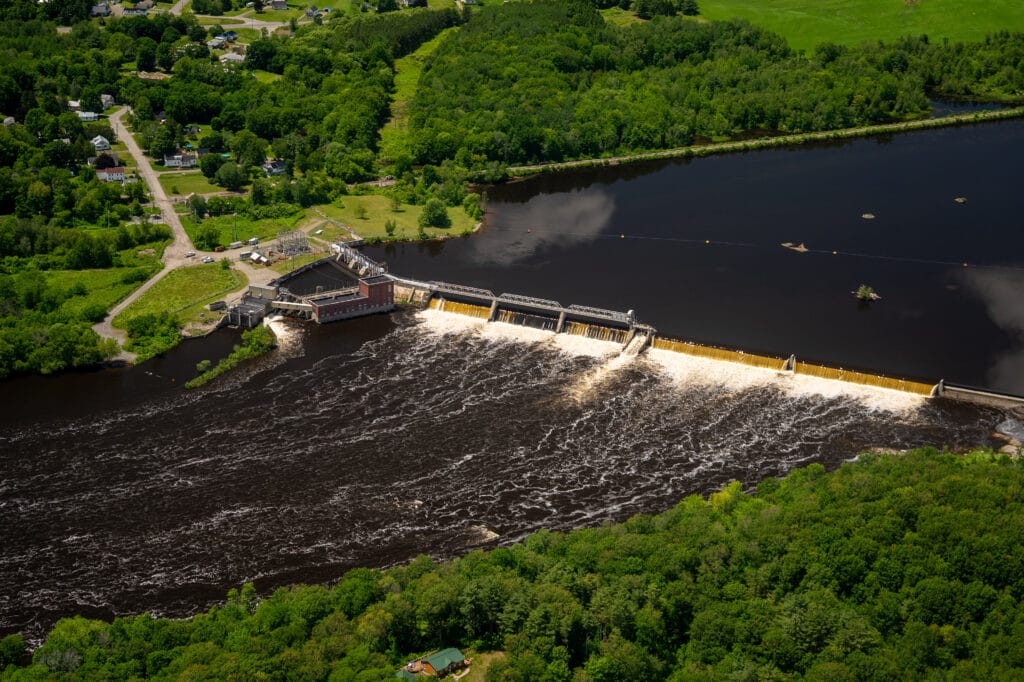
The U.S. Fish and Wildlife Service submitted comments that included a request for improved performance standards and racks that are more protective of migrating American eels.
Curley said the path forward is clear.
“From the overwhelming public support for restoring the Kennebec shown at the hearings to the formal written comments from the agencies, it has been made abundantly clear that the fish protection measures in the draft EIS are insufficient,” he said. “We hope this leads to a better plan that will set the Kennebec on the path to a full recovery.”



